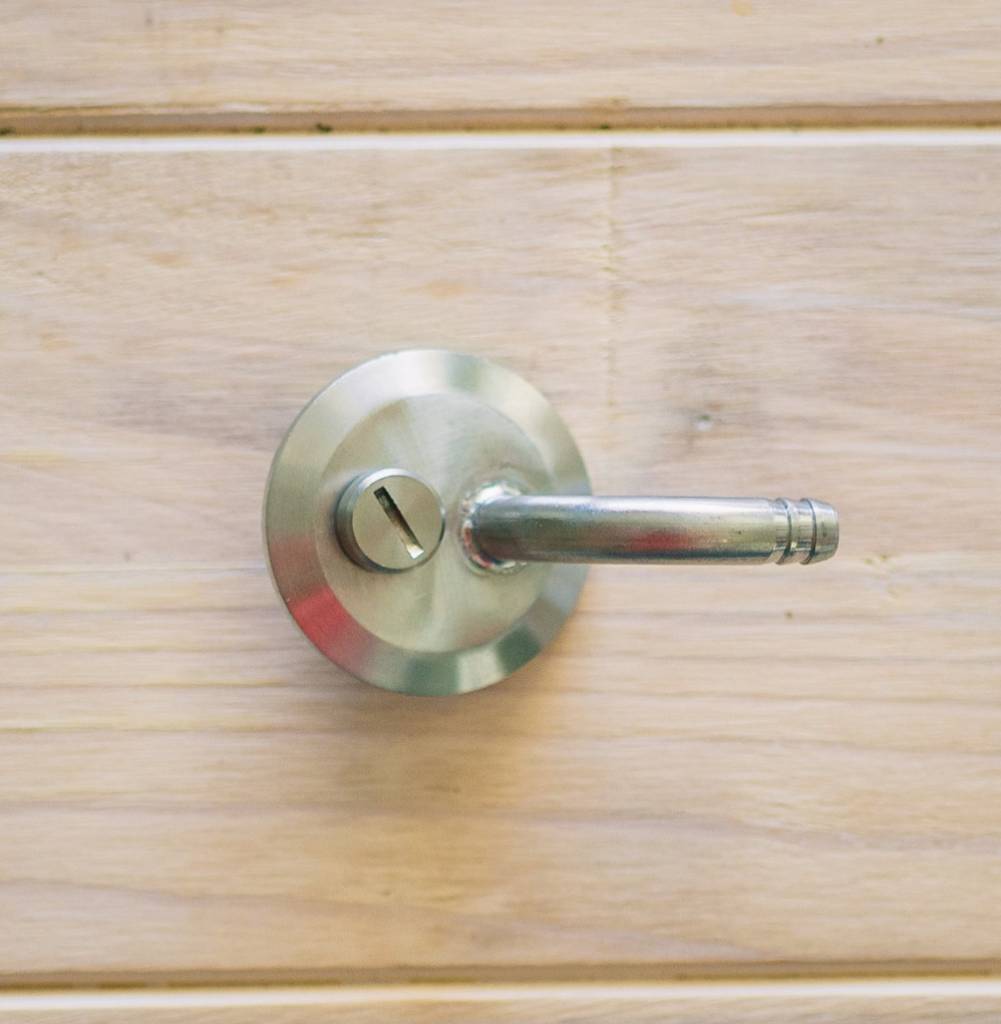couchsending
Well-Known Member
- Joined
- Jun 21, 2016
- Messages
- 3,032
- Reaction score
- 2,131
I use the SS Brewtech Half-barrel Chronical with FTSS for chilling/temp control. It's not designed to handle pressure so not sure I'd be able to do that unless I keep it at say 1-2 PSI (rate at which it says it can handle for pressurized transfers).
How long did you crash for? My recipe calls for 1lb of hops in this dry hop addition so I'll definitely need to drop those out and dump through the cone.
You have the pressure transfer TC adapter they sell then dont you. It has a PRV built into it.
I have three 7g Conicals. I’ve got a three valve manifold I hook up to Co2. Each line has its own pressure transfer fitting attached to it. I’ll often pull the blow off slightly before FG and attach the pressure transfer fitting. Anything above 2.5 PSI gets blown off but it’s less Co2 I need to use. I usually don’t crash below 45 before I transfer and I’ll often do a slow crash, 5* at a time. A day at 45, pull remaining yeast/hops, then transfer with no clogging issues. I’ve put upwards of 14oz in 6 gallons I think.




